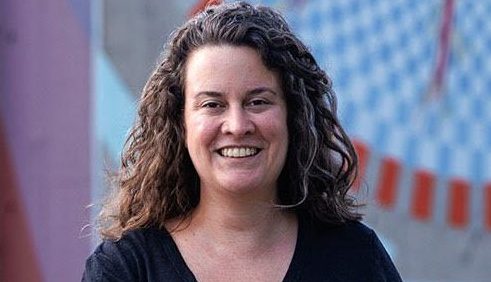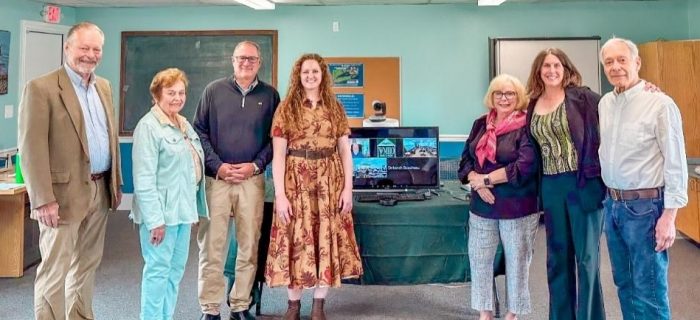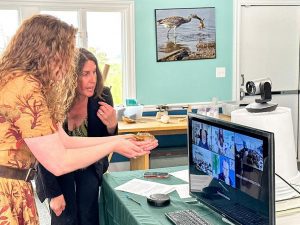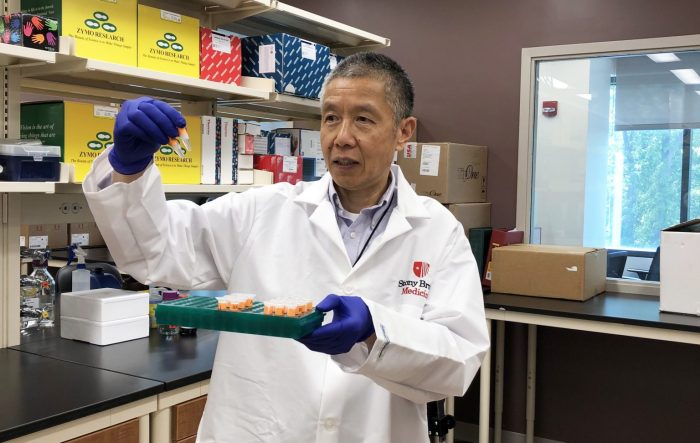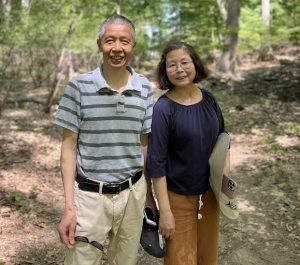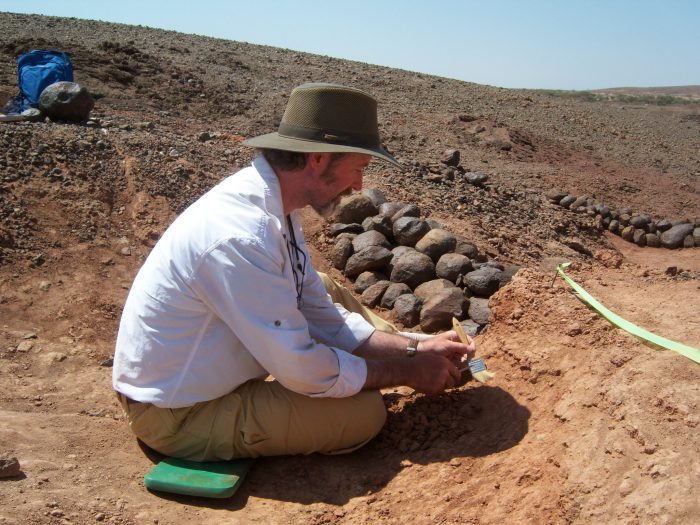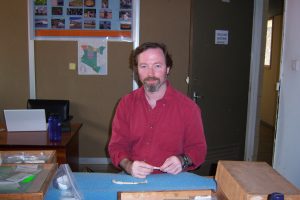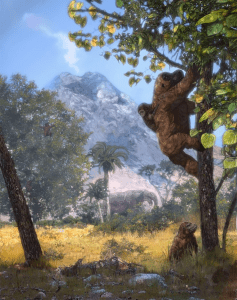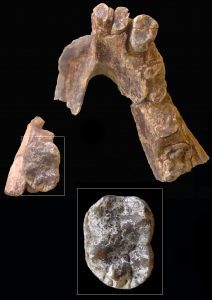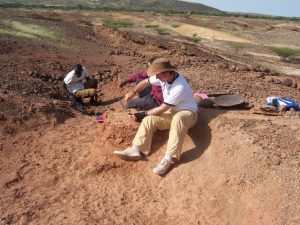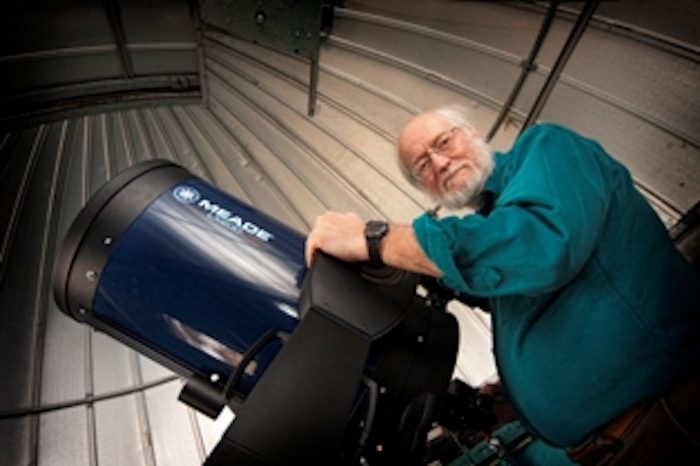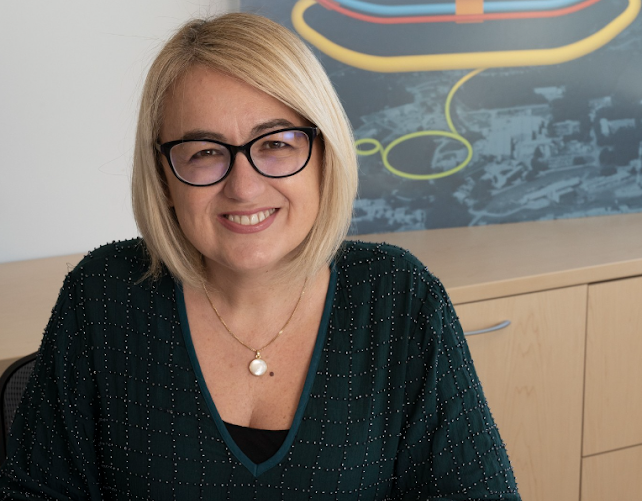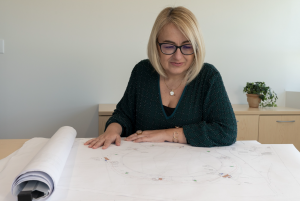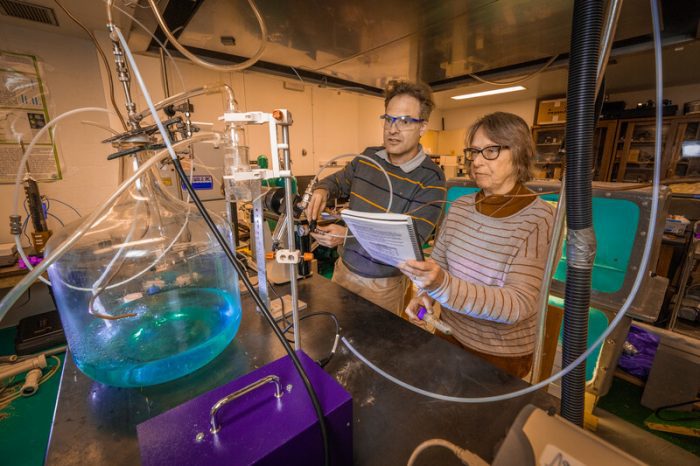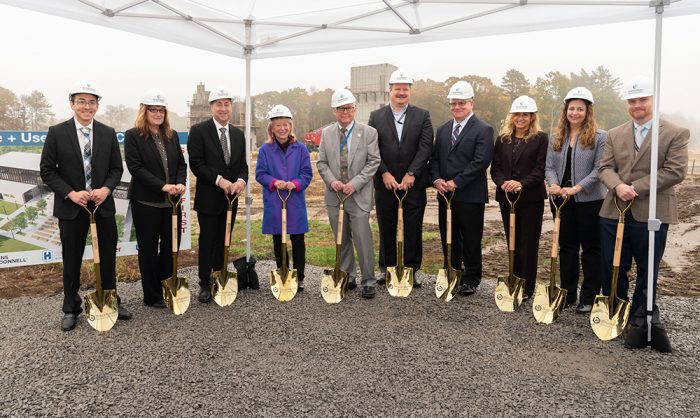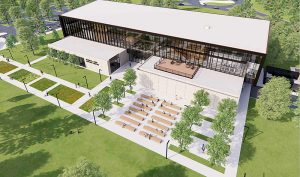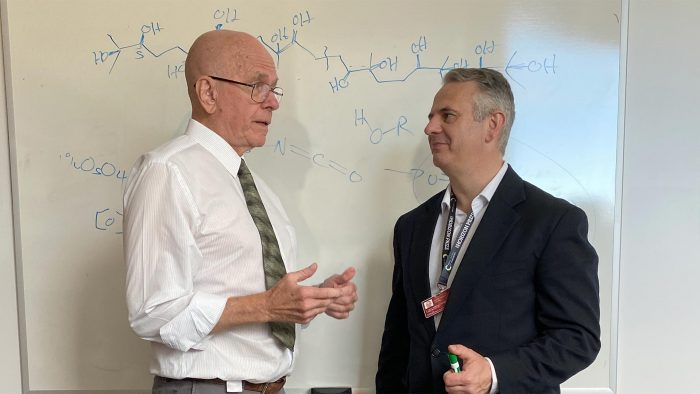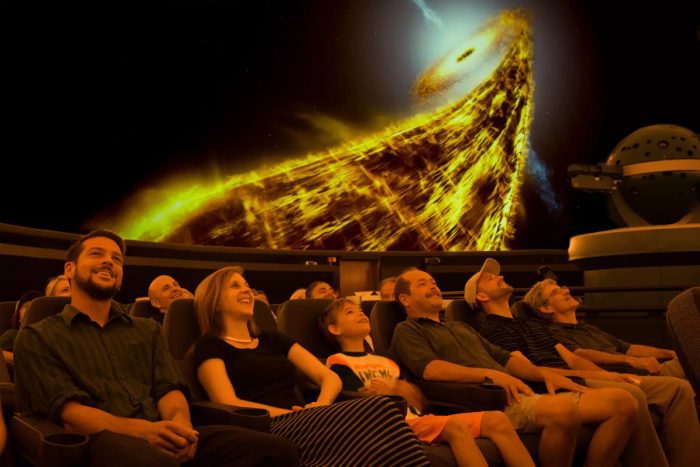By Daniel Dunaief
This is part 1 of a 2-part series.
Half of this year’s crop of recipients from New York State for Early Career Awards from the Department of Energy came from Brookhaven National Laboratory.
With ideas for a range of research efforts that have the potential to enhance basic knowledge and lead to technological innovations, two of the four winners earned awards in basic energy science, while the others scored funds from high energy physics and the office of nuclear physics.
“Supporting America’s scientists and researchers early in their careers will ensure the United States remains at the forefront of scientific discovery,” Secretary of Energy Jennifer Granholm said in a statement. The funding provides resources to “find the answers to some of the most complex questions as they establish themselves as experts in their fields.”
The DOE chose the four BNL recipients based on peer review by outside scientific experts. All eligible researchers had to have earned their PhDs within the previous 12 years and had to conduct research within the scope of the Office of Science’s eight major program areas.
In a two part series, TBR News Media will highlight the work of these four researchers. This week’s Power of 3 column features Elizabeth Brost and Derong Xu. Next week, TBR will highlight the work of Joanna Zajac and Esther Tsai.
Elizabeth ‘Liza’ Brost
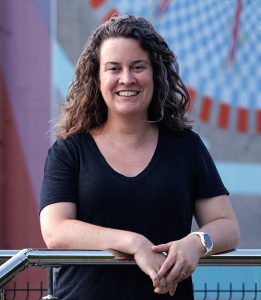
In work titled “Shining Light on the Higgs Self-Interaction,” Brost, who is an associate scientist, is studying properties of the Higgs Boson, which was a long sought after particle that helps explain why some particles have mass. The Standard Model of Particle Physics, which predicted the existence of the Higgs Boson, also suggests that the Higgs field can interact with itself. This interaction should produce pairs of Higgs Bosons at the Large Hadron Collider at CERN in Switzerland, where Brost works.
A significant challenge in Brost’s work is that the production of such pairs occurs 1,000 times less frequently than the production of single Higgs Bosons, which researchers discovered to considerable fanfare in 2012 after a 48-year search.
Brost is leading the effort to use machine learning algorithms to cherry pick collision data in real time. Since these events are so rare, “it’s very important that we are able to save promising collision events,” she explained in an email.
The LHC collides protons at a rate of 40 million times per second, but the facility only keeps about 100,000 of those.
Thus far, everything Brost has seen agrees with the Standard Model of Particle Physics predictions, but “that just means we have to work harder and develop new strategies to search for new physics,” she said.
Brost earned her undergraduate degree in physics and French from Grinnell College and her PhD in physics from the University of Oregon. When she learned she’d won this early career award, she “couldn’t believe it was real for quite some time,” she wrote. “The hardest part was keeping it a secret until the official announcement.
She explained that she was only allowed to tell a few select people at BNL and close family members about the distinction, who were also sworn to secrecy.
The award will allow her to expand the scope of the work she’s doing and to hire additional staff.
As an experienced mentor, Brost recognizes that there is “a lot of pressure to work on whatever is the newest or coolest thing in order to stand out from a crowd” at a collaboration like ATLAS [an extensive particle detector experiment at the Large Hadron Collider] which involves over 3,000 people.” She urged researchers to work on the physics they find interesting and exciting.
Derong Xu
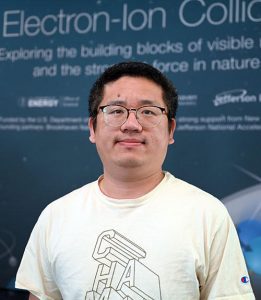
An Assistant Physicist, Xu is working to enhance the efficiency of the Electron-Ion Collider, a marquee tool that BNL will start building next year and is expected to be operational in the 2030’s.
The EIC will collide beams of electrons and protons or other atomic nuclei. By reducing the beam size, or packing the same number of particles into a smaller space, the EIC can increase the likelihood of these collisions.
Specifically, Xu plans to flatten the beam, which has never been used in a hadron collider. He will explore ways to reduce the interactions between beams and superconducting magnets. He will pursue a combined approach using theoretical and experimental methods, which will affect the parameters for the future EIC.
Generating flat hadron beams in existing hadron machines remains “unexplored, making our project a pioneering effort dedicated to investigating methods for maintaining beam flatness,” Xu explained in an email.
In addition to leveraging flat iron beams, Xu is also considering ways to increase the beam intensity by injecting a greater number of particles into the accelerator, which would boost the collision rate. Such an approach, however, means more electromagnetic force between the beams, requiring additional effort to maintain beam flatness.
To explore these potential approaches and determine an optimal trade-off between strategies, his project will collaborate with leading experts in accelerator physics, conduct comprehensive simulations and investigate an array of techniques.
“Through pushing the boundaries of accelerator technology and exploring diverse construction and beam creation techniques, we aspire to unlock novel scientific frontiers and achieve groundbreaking discoveries in nuclear physics,” he explained.
Receiving the award filled Xu with “immense excitement and pride.” He and his wife called their parents, who are traditional farmers, in China. When he explained to them that the award is a substantial amount of money, they advised him to “try your best and not waste the money,” he shared.
At an early age, Xu showed a strong interest in math and physics. His parents rewarded him with snacks when he got high scores.
“That was my first equation in my life: high scores = more snacks,” he joked.
To share the subatomic world with people outside his field, Xu often makes analogies. He compares the collision of an electron beam with a proton beam to shooting a flying ping-pong ball with a gun. The ping-pong ball’s size (which, in this case, is a collection of protons) resembles the diameter of a human hair. The collisions create scattered products that provide insights into the subatomic world.

